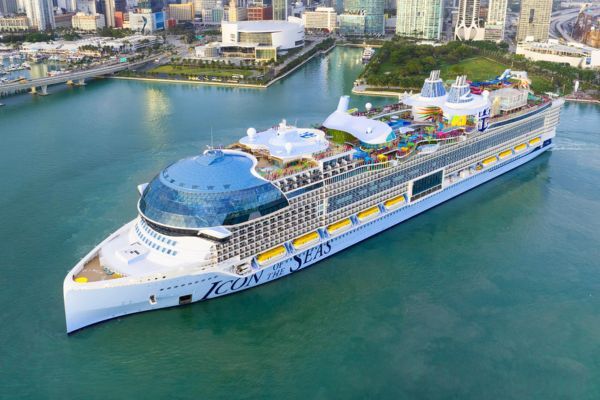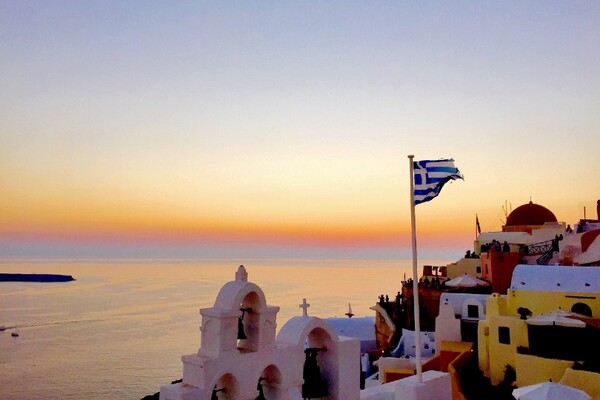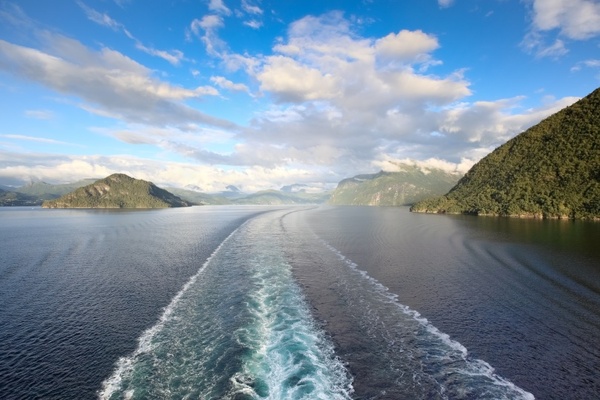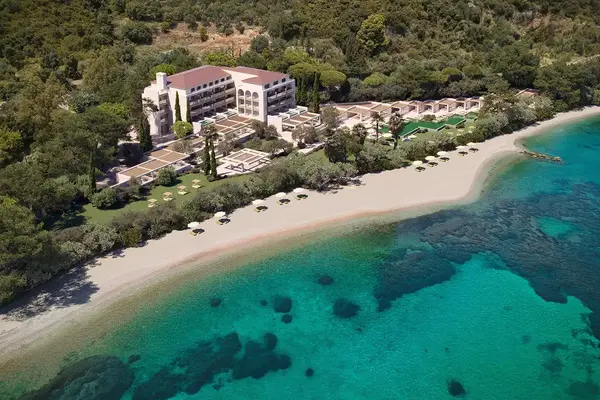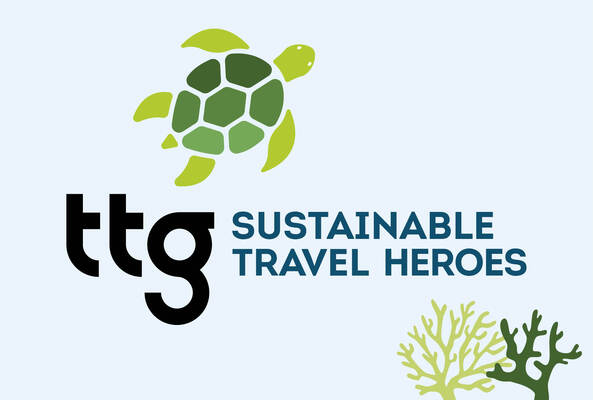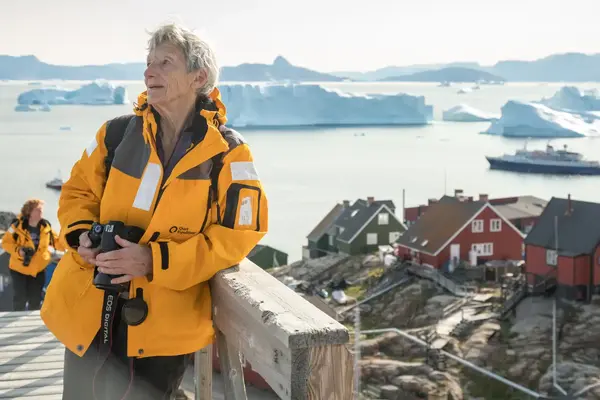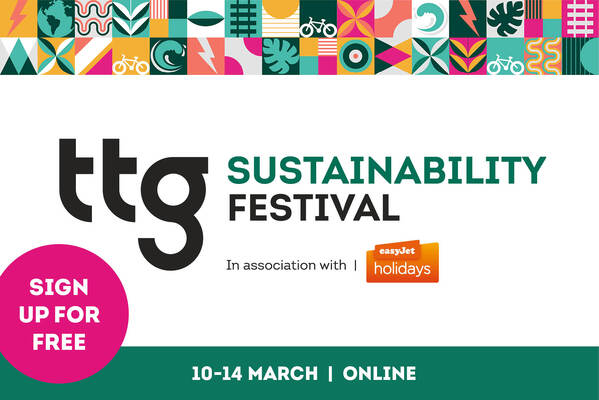Cruise lines told to use economic might to become clean fuel 'pioneers'
 Harry Kemble
Harry KembleCruise lines have the “economic power to absorb the higher costs of clean fuels”, campaign group Transport & Environment (T&E) has insisted in new research exploring the sector’s rapid growth.
The report – ‘Cruisezillas’: How much bigger can cruise ships get? – forecasts ships capable of carrying 10,500 passengers could be sailing by 2050 – eight times larger, in terms of tonnage, than the Titanic.
T&E has also found the number of cruise ships has risen 20-fold since 1970. In January this year, the world’s largest cruise ship – Icon of the Seas – joined Royal Caribbean International’s fleet.
The group, though, has urged lines to up the pace at which they develop e-fuels – also known as synthetic fuels – as it put forward several policy recommendations to accelerate the EU’s and global climate goals.
Is the pathway to low-carbon fuels becoming clearer?
One policy recommendation is to introduce “faster and more stringent climate requirements compared to the rest of the fleet, such as an earlier life-cycle decarbonisation deadline, connection to shoreside electricity at anchorage and a larger share of e-fuels to be used onboard cruise ships”.
“Due to their growing climate impact, cruise ships should step up and lead the decarbonisation of the shipping industry,” the T&E report continued.
“[Cruise lines] have the economic power to absorb and/or pass through the higher costs of clean fuels, allowing their customers to enjoy a luxurious vacation without harming the local communities living around the most beautiful summer destinations, world heritage sites and port cities.”
T&E insisted cruise firms have the potential to be “pioneers of truly green renewable hydrogen-based e-fuels”.
It added: “There is significant potential for e-fuels production in Europe, which could power 4% of EU shipping by 2030. However, these projects require investment guarantees from shipping companies to ensure they will purchase these fuels.”
T&E outlined how the six “most popular” European seven-day cruise routes show that using “e-fuels can become an economically efficient strategy in 2030 for cruise ships to comply with European regulatory requirements”.
It highlighted how penalties for using “dirty marine fuels” will be progressively increasing from 2025.
Industry projections suggest around 35 million passengers will sail on a cruise ship this year – a 6% jump from pre-pandemic levels, which analysts attribute to rising wealth.
An MSC Cruises spokesperson urged governments to accelerate decarbonisation by investing more money into alternative fuels which are produced at scale.
The spokesperson said: “Funds generated through several existing financial models, for example the European Union’s Emissions Trading System, already generate revenue that is reinvested into energy transition projects across the EU in transport, including investments in green-hydrogen-based fuels.
"What the cruise industry needs to achieve its net zero greenhouse gas aims by 2050 is greater investment by governments to accelerate decarbonisation with alternative fuels produced at scale. MSC Euribia demonstrated last year with the industry’s first ever net-zero sailing from France to Denmark that the ship technology exists, but the industry absolutely needs carbon-free fuels more widely and readily available.”
Sign up for weekday travel news and analysis straight to your inbox

Harry Kemble
Supplier Directory
Find contacts for 260+ travel suppliers. Type name, company or destination.
